Since I wrote last, I have spent some time in Constantinople and I feel that I must tell you about it! There are so many people here in Pera, and so many who write about Constantinople who have never even seen the city, staying only in Pera, Tophana, and Galata, the Frank Christians areas, even though it is only separated by a sea not half as wide as the Thames at its widest. And yet the won't go.
The women would have to cover their faces, which they are averse to, and while, they do wear veils in Pera, it is only to accentuate their beauty. I think the French Ambassadors will leave without ever even seeing it. I have gone there many times int this journey, they veil has become easy and agreeable to me, and even if it wasn't, it's worth a little inconvenience for the experience. The city sits on the European side, situated on seven hills and with the perfect mixture of gardens, pine and cypress trees, palaces, mosques, and public buildings, raised up above each other. The symmetry of it all makes me think of a perfectly organized cabinet.
The women would have to cover their faces, which they are averse to, and while, they do wear veils in Pera, it is only to accentuate their beauty. I think the French Ambassadors will leave without ever even seeing it. I have gone there many times int this journey, they veil has become easy and agreeable to me, and even if it wasn't, it's worth a little inconvenience for the experience. The city sits on the European side, situated on seven hills and with the perfect mixture of gardens, pine and cypress trees, palaces, mosques, and public buildings, raised up above each other. The symmetry of it all makes me think of a perfectly organized cabinet.
I have seen the Seraglio, an enormous but slightly irregular palace, and St. Sophia, which was extremely difficult to seem [1]. I had to send my request to the Caimaicam, the governor, three times, and then he met with the chief effendis, and then asked the mufti whether it was ok, before I was finally given permission. I'm not sure why the Turks are so much more delicate on this subject than Christians, but I can only imagine that, because the structure was once a Christian Church, they fear that people might profane it with their prayers, especially to the saints as their images still appear in the mosaics in the building (contrary to what some other writers have said, the images were NOT defaced by the Turks). The dome at the top of the building is said to be 113 feet in diameter and is held up by 2 pillars of solid marble. I also saw the grave of Emperor Constantine, which was great revered by my guides.
I think I enjoyed seeing the Turkish mosques better though. The Sultan Soliman's is one of my favorites. The mosque and grounds are perfectly square with four large towers and the large cupola is supported by beautiful marble pillars. Under the great cupola is a fountain covered with colored pillars. On one side is the pulpit, which is made of white marble, and on the other, there is a little gallery for the Grand Signor. At the upper end is a sort of altar and the mosque lit by a large number of lamps. Many of the mosques in the area of very similar in their layout.
I also saw Validé's, the first mosque built by a woman and seriously the most beautiful structure I've ever seen! Between us, I think St. Paul's would look pretty pitiful next this:
Just as any of squares would next to Alterdan, or the place of the horses, the Hippodrome in Ancient Greek times. There is a large column with three twisting snakes and the obelisk brought from Egypt in this square. Really there's not much else worth seeing besides Sancta Sophia. Although Sultan Achmet's mosque is also nice with its brass gates!
The exchanges are all very noble looking buildings, full the alleys, each one dedicated to a different trade. It's pretty similar to the New Exchange at London. The Bisisten, or jewelers quarters, is full of extraordinary diamonds and precious stones! Now, I know you expect me to discuss slavery, but the Turks seem to treat them very humanely and is, in my opinion, no worse than servitude all over the world. True, they aren't paid, but what they are given yearly in clothes amounts to more than a regular servant makes in England. Now I know you're thinking that men will buy women with bad intentions, but, again in my opinion, this seems to be done as publicly and more infamously in our Christian cities [1].
The only pieces from antiquity I have seen are the aqueducts, which might even be older than the Greek Empire! The other public buildings are mostly hans and monasteries, of which I saw one. The men there are permitted to marry, but only wear a coarse white cloth wrapped around them for clothes. The order doesn't seem to have too many rules beyond performing rites on Tuesday and Friday, during which they meet in a large hall, starring at the ground with their arms folded while the Imam or preacher reads from the Alcoran. When this is over, a number of them play music, which is then followed by a short speech on what was read. Finally, they sing and play until someone begins a dance that lasts about an hour. It is all done very seriously and they seem devoted to their contemplation. As weird as this might sound, there was something very touching about their air of submission and the level of seriousness.
Sorry for going on so long! More soon!
The only pieces from antiquity I have seen are the aqueducts, which might even be older than the Greek Empire! The other public buildings are mostly hans and monasteries, of which I saw one. The men there are permitted to marry, but only wear a coarse white cloth wrapped around them for clothes. The order doesn't seem to have too many rules beyond performing rites on Tuesday and Friday, during which they meet in a large hall, starring at the ground with their arms folded while the Imam or preacher reads from the Alcoran. When this is over, a number of them play music, which is then followed by a short speech on what was read. Finally, they sing and play until someone begins a dance that lasts about an hour. It is all done very seriously and they seem devoted to their contemplation. As weird as this might sound, there was something very touching about their air of submission and the level of seriousness.
Sorry for going on so long! More soon!
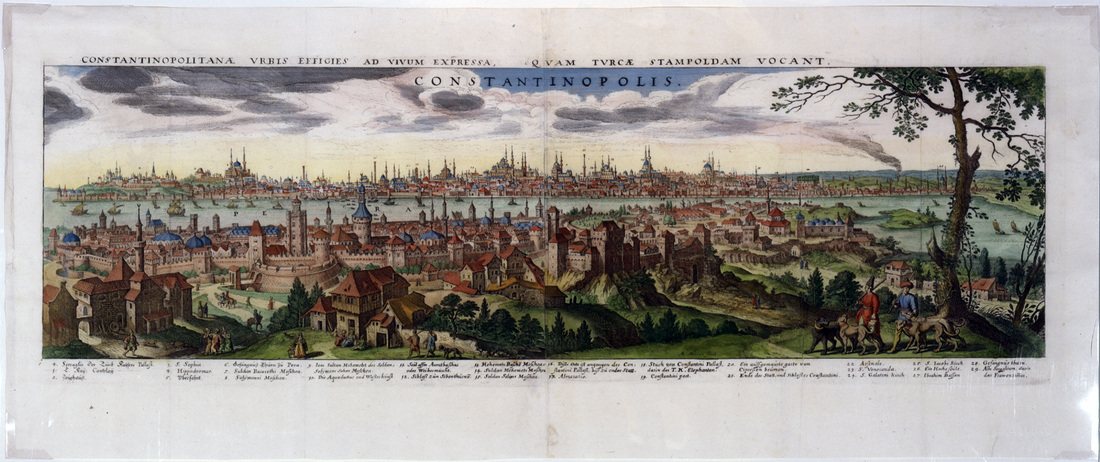
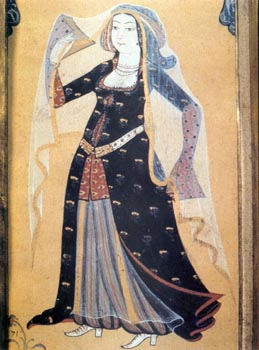
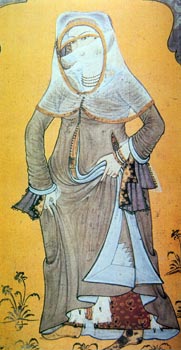
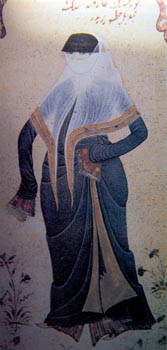
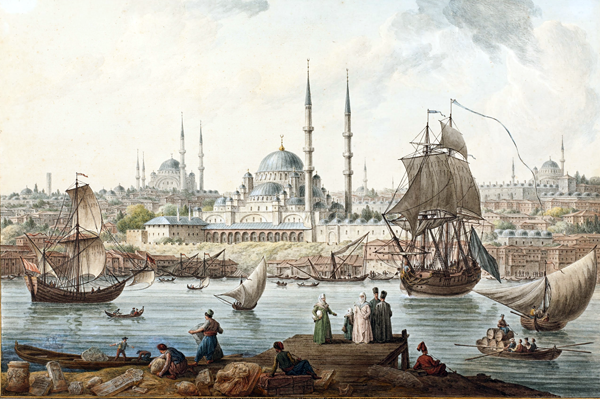
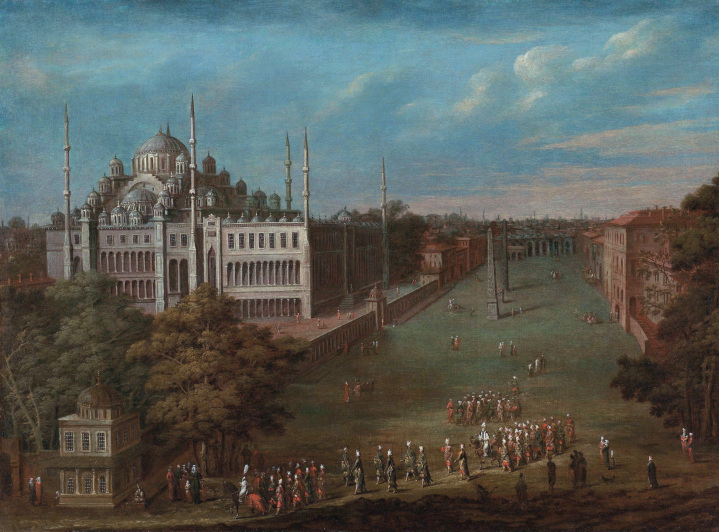
 RSS Feed
RSS Feed